Content
DOOH expert cites neuroscience: 'Make it memorable'
Kevin Bartanian, founder and CEO at KEVANI, shared insights on KEVANI's recent neuroscience study on cognitive load in DOOH. In a Q and A, Bartanian explains the method and implications of the study, along with the power of location in DOOH, the importance of science in intelligent marketing and core success strategies.
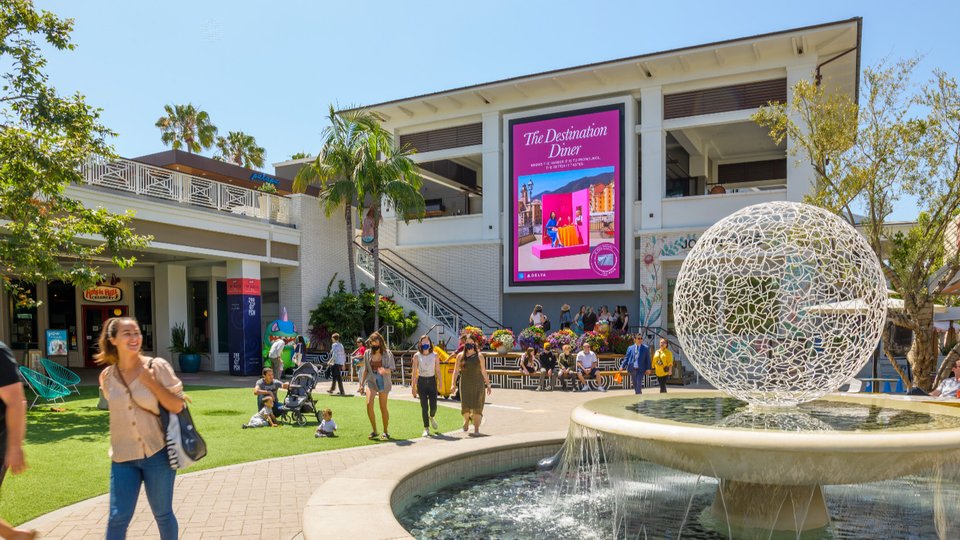
November 11, 2022 by Daniel Brown — Editor, Networld Media Group
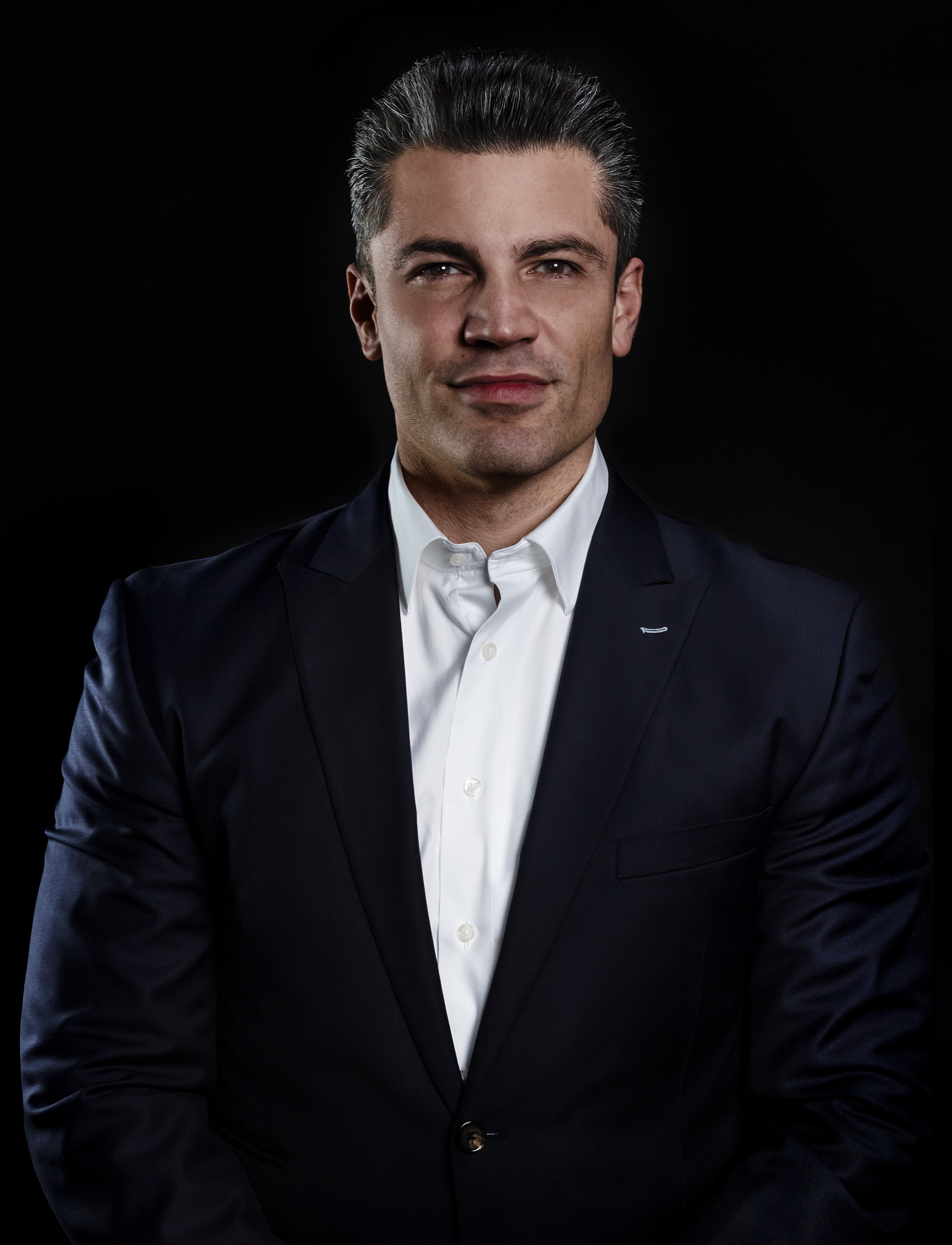 |
Provided by KEVANI. |
As consumers return to the physical marketplace in the wake of lockdowns, DOOH presents new challenges and opportunities. Some companies are turning to neuroscience to find winning solutions in a crowded landscape. Kevin Bartanian, founder and CEO at KEVANI, an LA-based DOOH firm, joined Digital Signage Today by email to discuss a recent neuroscience study that sheds new light on success strategies in DOOH, whose core findings are reminiscent of the classic real estate adage: "location, location, location."
Q. Tell us a little more about this neuroscience study commissioned by KEVANI and conducted by Axona Lab.
A. We firmly believe that despite the creatives running on an out-of-home (OOH) display, the sites and advertising formats play a key role in OOH campaign's success, from grabbing viewers' attention to ad perception. To this end, we commissioned the study to investigate the role of the OOH site in relation to ad retention and its impact on creative fatigue.
Factors considered included cognitive load, brand recall and emotion.
For this study, 104 participants were recruited and divided into two groups (50 and 54). In order to investigate the impact of different OOH sites on the subconscious behavior of participants, an event-related study was designed which measured the brain response to a specific sensory, cognitive or motor event. Electroencephalography (EEG) was used to map participants' brain responses and behavior to provide accurate and bias-free results. We tested 10 billboards in eight locations. KEVANI sites were grouped into prime sites (digital and full-motion) and standard sites (non-digital and murals), comparing it with other sites with similar specs. What we found is that there was a lower cognitive load recorded at KEVANI's prime sites and standard sites with respect to other sites with similar specs.
At KEVANI sites, the significantly lower cognitive load recorded is a clear indicator that OOH campaigns will perform better on these sites, where prime sites scored 8% less cognitive load and standard sites 7%. This is true regardless of the creative since there was no significant difference in cognitive load measures between the two experimental groups where the second group of participants were exposed to the site with the same creative. Our findings also showed that OOH advertising sites with low cognitive load boosted positive responses, and garnered a stronger recall rate — key components that contribute to driving real-world sales. Research showed that in OOH advertising environments with high cognitive load the human brain compensates for oversaturation by automatically paying less attention, resulting in low brand recall levels and less ad retention.
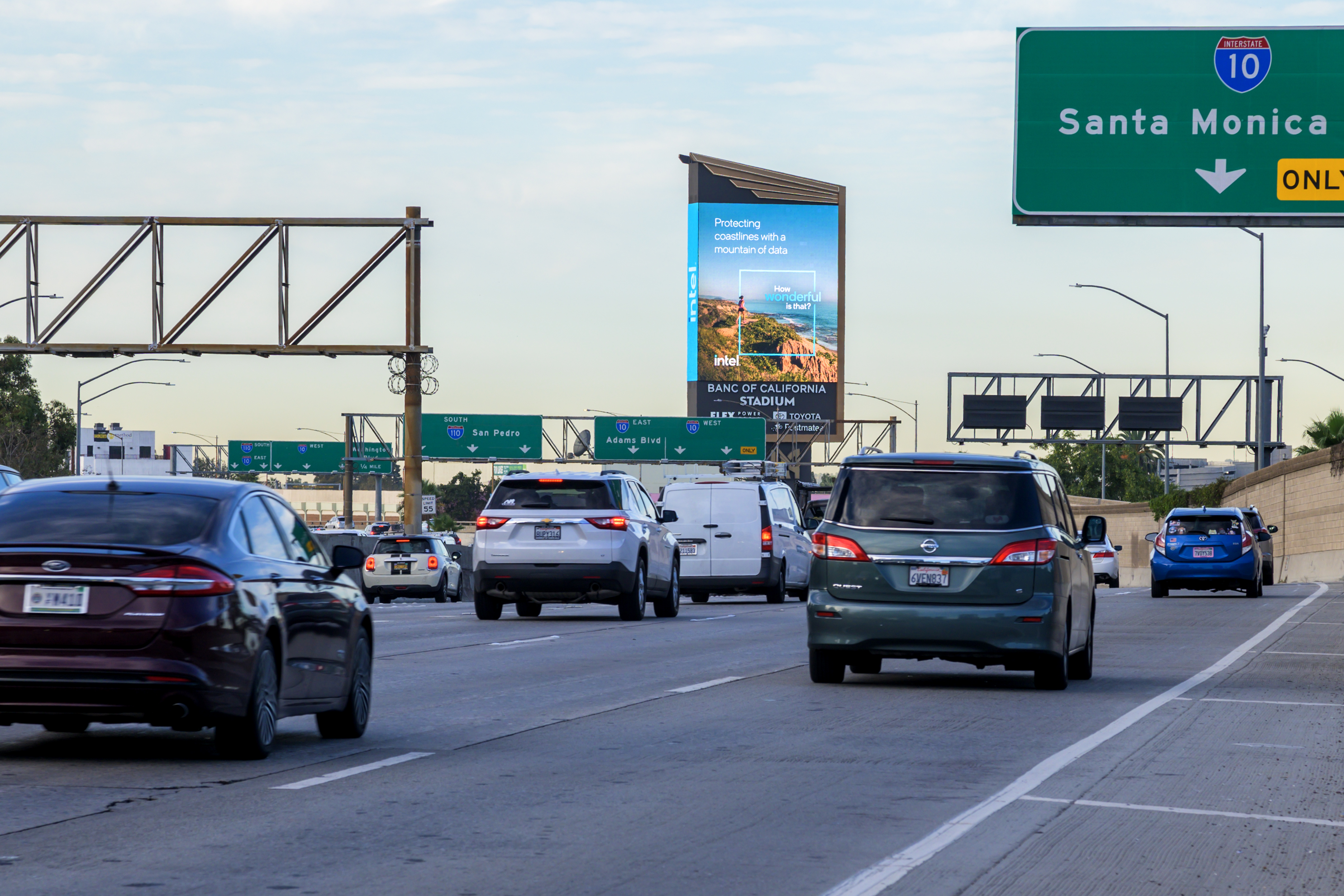 |
Data indicates visual noise and cognitive load should shape location choices in DOOH, according to Bartanian. Provided by KEVANI. |
Q. Why did the study link better ad recall to location?
A. The reason that advertising placed in less saturated areas garners a strong recall rate and boosts positive responses is due to lower cognitive load, which is the amount of information that memory can hold at a given time. Neuroscience evidence revealed that a low cognitive load is associated with better ad performance, as there is less for the brain to process and sort through.
When an ad is placed on a mega-size display in a non-congested area, let's take The Towers in Los Angeles, for example, consumers are able to take in the ad much more effectively than if the same media structures were located in a congested area with a lot of visual noise. Noise in this case doesn't only refer to other advertising signs, it can be city signs, building lights, flashing lights, etc. That being said, our team has put a focus on acquiring assets that capture attention and create memorable impressions, strategically offering assets in iconic locations with minimal distractions — we've most recently announced a set of media structures called i5 Pillars on California's 5 interstate, where traffic is a constant and distractions are minimal.
This is obvious to all of us, but neuroscience helps prove the theory. The conclusion applies to all formats in any setting. The developer of a sign needs to have a very good understanding of current and future traffic flow, demand and future developments that could cause a negative or positive effect. I would recommend developers create a video mock-up/rendering of the location with a few configurations they are considering and do a relatively simple neuroscience study to determine which options will perform the best for all stakeholders.
Q. What defines quality content?
A. The best creatives are ones that resonate with a specific local audience and create a contextual relevance with the community. A creative that's the same in NYC, Miami and LA is falling short of its potential. In a fully digital world, communities will continually expect more from advertisers, since their advertising experience is changing on their mobile devices and that shift is creating a new normal in all digital formats including DOOH. The good news is, we are seeing more and more advertisers and agencies push the envelope with content — it can be as simple as a creative triggered by an event or one that celebrates the locality.
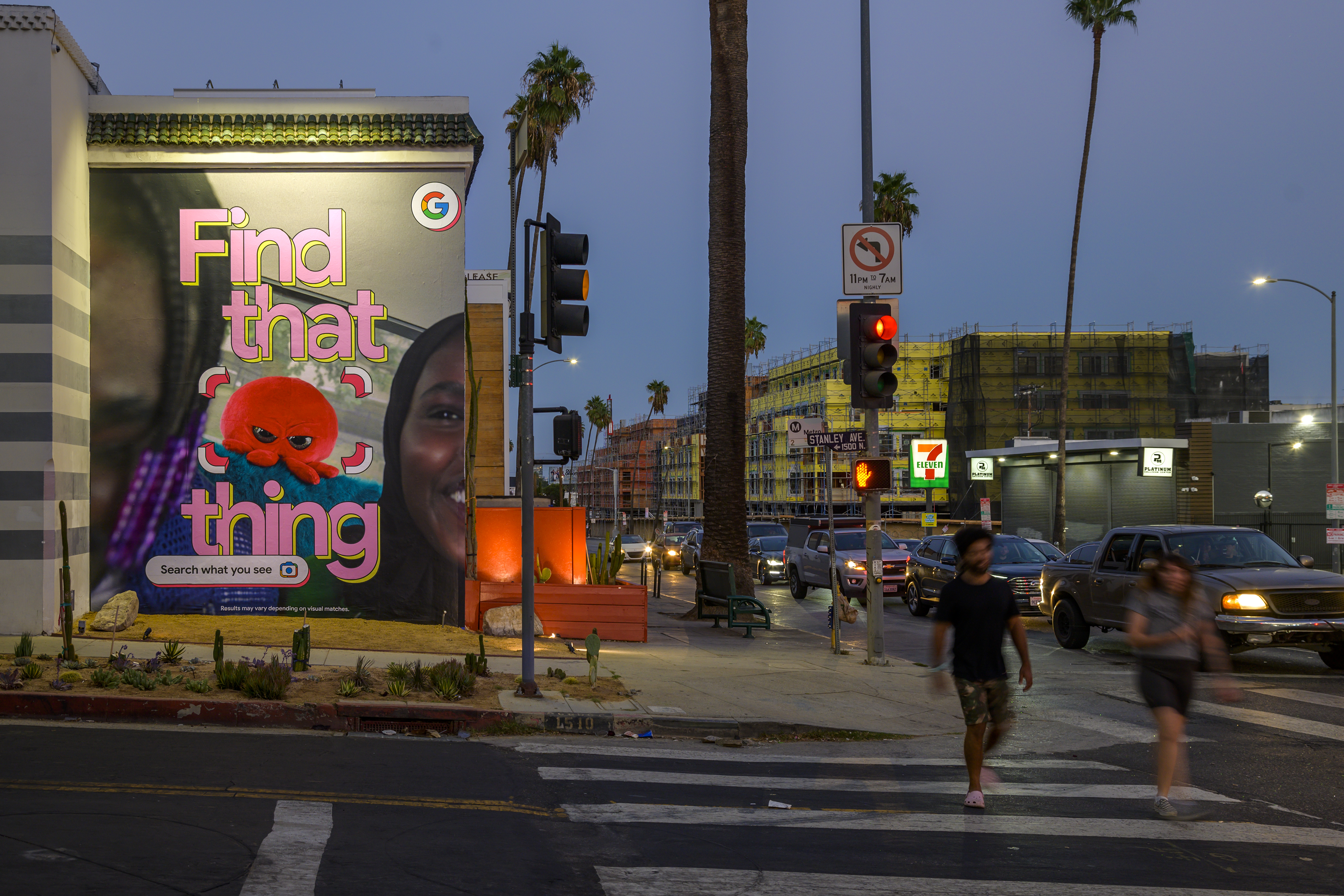 |
"It's not only about impressions. It's about making those impressions matter." Provided by KEVANI. |
Q. What are some essentials for success in DOOH campaigns?
A. There are far more qualified people who can answer this question. However, from a media owner's perspective, here are my three essentials:
- Localize your creative, no matter the size of your campaign. It's relatively easy to add an element within the creative that personalizes your message for the community. This can be done with AI or simple dynamic creative that's triggered by some sort of data source.
- Context matters. Get to know the inventory you are buying. In a world where everyone wants you to be "standard," you should identify and mix in unique assets that stand out from the clutter in each market you are activating in.
- Make it memorable. Remind yourself that you are occupying people's space. It's not an ad on a phone — forget repurposing your ads. You're in the physical world. You have a chance to impact someone's day. The way an architect thinks about activating a public space is the way you should think about how your ad's relationship will be with the public.
Q. Any other study takeaways?
A. It's not only about impressions. It's about making those impressions matter. Magic happens when quality locations, quality equipment, robust service and a well-thought-out creative all come together harmoniously.
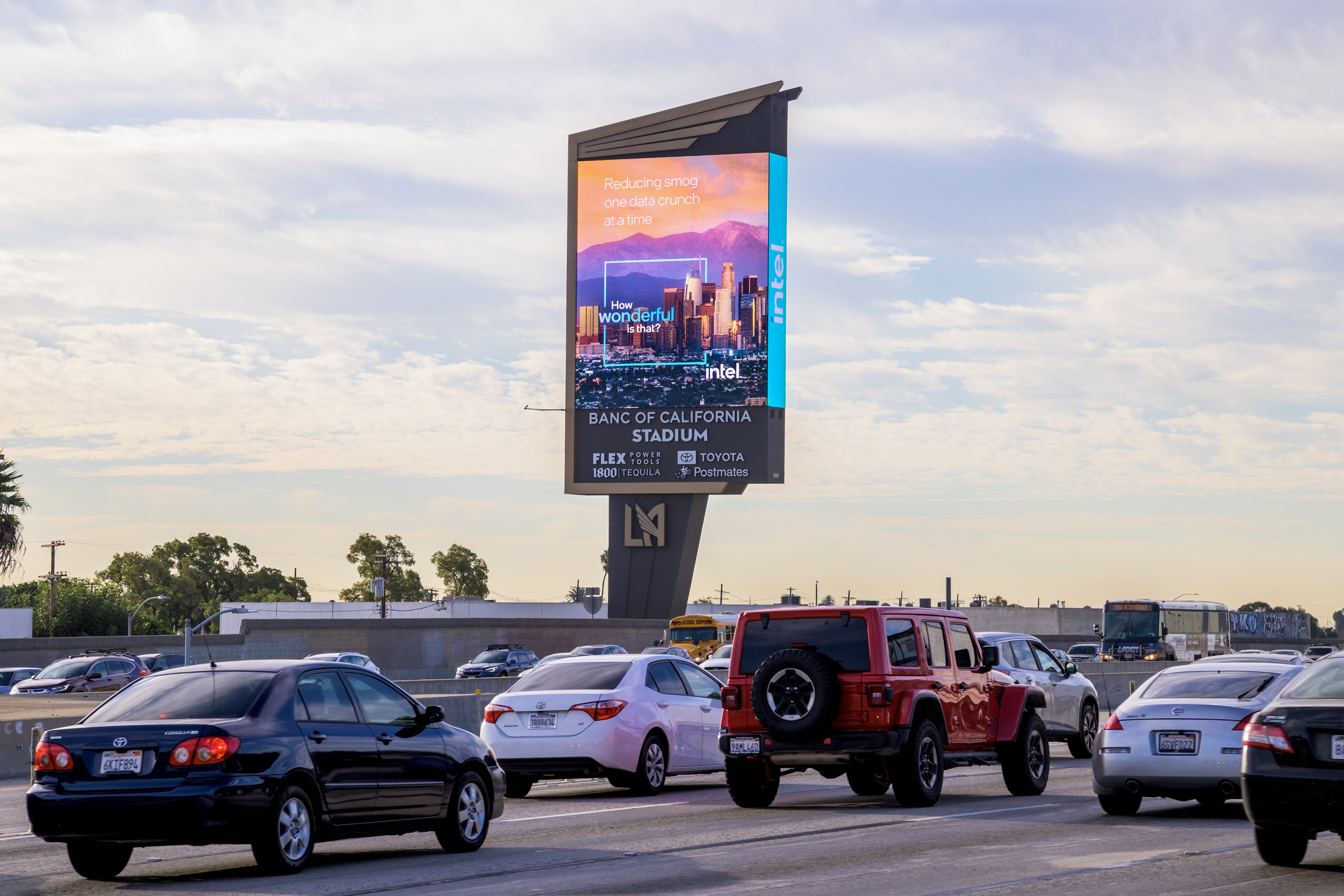 |
"Make it memorable." Provided by KEVANI. |
Q. Neuroscience discoveries like neuroplasticity and neurogenesis have shattered assumptions about the limitations of the human brain. Does any of this tie in with the study in particular and with ad strategy in general?
A. You're taking it up a notch. Love it. Our study didn't dive into neuroplasticity or neurogenesis but this is good for future consideration.
If you have a specific memory, it can be recalled later (brand recall). There are studies that suggest participants respond positively to brands they have extended exposure to and not really to brands that they are unfamiliar with. The conclusion is that advertising can influence your brain as you see the creative; however, that can be applied to anything and not just advertising. A conversation with your significant other or a parking attendant, etc. Our brains are ever-evolving.
Q. You have one heck of a resume! What is your secret, and do you have one piece of advice for our readers?
A. I recall in high school, I completed an assessment that determined I would excel in advertising and/or hospitality. Cliché or not, it turns out the career assessment holds merit! I've been fortunate to have worked with organizations that had great mentors, some of whom became dear friends. Some time ago, I was given advice that still resonates: You can achieve anything you want if you have a good team. If you want to be strong, you have to smile at your weakness. Maintain your principles, honor and integrity — respect everyone — don't let money be your overarching motivator.
About Daniel Brown
Daniel Brown is the editor of Digital Signage Today, a contributing editor for Automation & Self-Service, and an accomplished writer and multimedia content producer with extensive experience covering technology and business. His work has appeared in a range of business and technology publications, including interviews with eminent business leaders, inventors and technologists. He has written extensively on AI and the integration of technology and business strategy with empathy and the human touch. Brown is the author of two novels and a podcaster. His previous experience includes IT work at an Ivy League research institution, education and business consulting, and retail sales and management.


